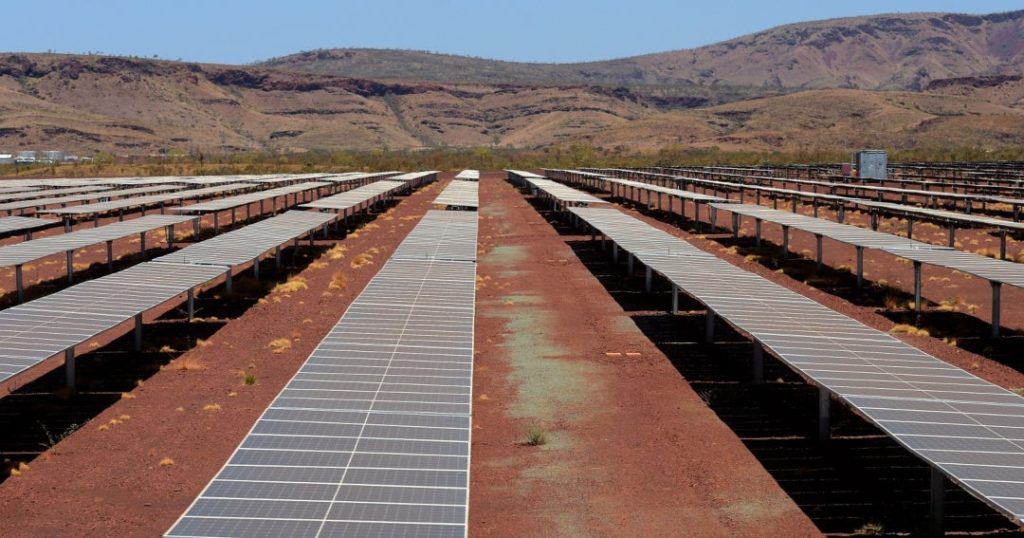Australia will invest US$652 million to ensure more solar panels are manufactured in the country, as the nation seeks to reduce its dependence on imports from China.
The Solar Sunshot program will offer production subsidies and grants to help Australia capture a greater share of the global solar manufacturing supply chain, the government said in a statement. While the country has the highest use of rooftop solar in the world (with panels in one in three homes), only 1% of them have been manufactured locally, he said.
Australia's rapid shift away from its aging fleet of coal-fired power stations and mass adoption of solar energy domestic has turned it into a test case for the global energy transition. The new program follows similar measures by countries such as the United States and India to encourage local sourcing, but it may still struggle to drive out manufacturers from China, which supply more than 90% of Australia's panels.
“Australia should not be the last link in a global supply chain built on an Australian invention,” Prime Minister Anthony Albanese said in the statement, referring to pioneering work on this technology at the University of New South Wales. “We have all the critical metals and minerals needed to be a central player in the net zero transformation, and a proven track record as a reliable energy producer and exporter.”
Albanese on Thursday visited the site of AGL Energy Ltd.'s Liddell coal plant in the Hunter region north of Sydney, which closed last year after more than half a century in a symbol of the transition. AGL has signed a deal with SunDrive, an Australian startup backed by billionaire activist Mike Cannon-Brookes, to explore developing a solar manufacturing facility at the site, it said in a separate statement.
Meanwhile, global solar supply is facing a crisis after rapid plant expansion outstripped demand and squeezed margins, Bloomberg NEF said in a report this month. About $78 billion of excess solar manufacturing capacity could be added through 2027, he said.



